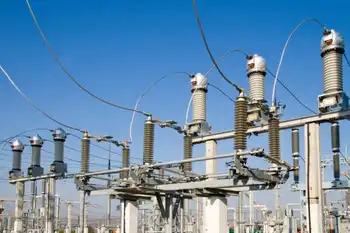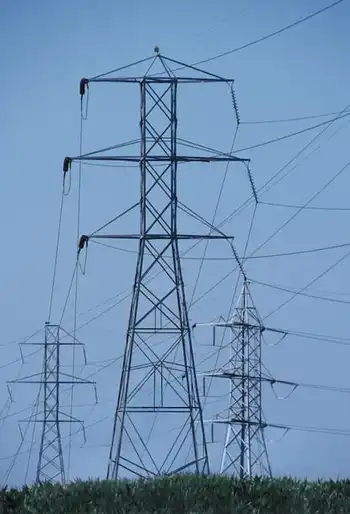Faithful customer considers mailing 'underhanded'
By Knight Ridder Tribune
Substation Relay Protection Training
Our customized live online or in‑person group training can be delivered to your staff at your location.

- Live Online
- 12 hours Instructor-led
- Group Training Available
In May 2005, Susan put her family on an Allegheny Power payment plan that automatically deducts the total amount due on her monthly electric bill from her checking account. In her own words, she has "never, ever, ever, ever been late." Not once.
So when Munck called Allegheny Power's toll-free customer service number to let the company know she had no intention of paying the 96-cent surcharge for the next 12 months for receiving two compact fluorescent, energy-efficient light bulbs, she was understandably taken aback by the company's response.
"They threatened to turn off my power if I didn't pay this 96 cents," said Munck, one of 220,000 Allegheny Power residents to which bulbs were sent.
When Munck told the customer service representative she didn't need the bulbs - her home already is "full of those bulbs" - she was told she could give them to a neighbor but, regardless, she'd be charged for them.
"That was really underhanded what they did," Munck said. "It's unconscionable."
Delegate Kevin Kelly agreed, and has requested a bill be drafted to prevent the Maryland Public Service Commission, which approved the initiative, from endorsing such tactics in the future. He sent a mass e-mail to fellow lawmakers requesting co-sponsors of the "pro-consumer" bill.
The PSC in November authorized the power company's "Demand Response Service." In a letter dated Jan. 3 and posted on the PSC's Web site at www.psc.state.md.us, the commission "agreed with (Allegheny Power) that the Demand Response Service was one of the single most effective conservation programs that an electric utility company can implement in the near future to reduce energy demand, lower electricity prices and maintain reliable service."
The Times-News heard from a number of upset power company customers in the past two days. Cumberland residents Howard Losiewicz, Jeff Hedrick and Richard Kirchner all questioned whether it was legal to send an unsolicited item through the U.S. Postal Service and charge for it.











